ORO Editions




INTRODUCTION 9
ATHENIAN RENAISSANCE 21
FORGOTTEN GLORY 75 THE HE ART OF COMMERCE 129
NEIGHBORHOODS OF ILL REPUTE 18 5 A LEAGUE OF THEIR OWN 239
MUSEUM INDEX 285
Opposite: Detail of rusty gate, Athens
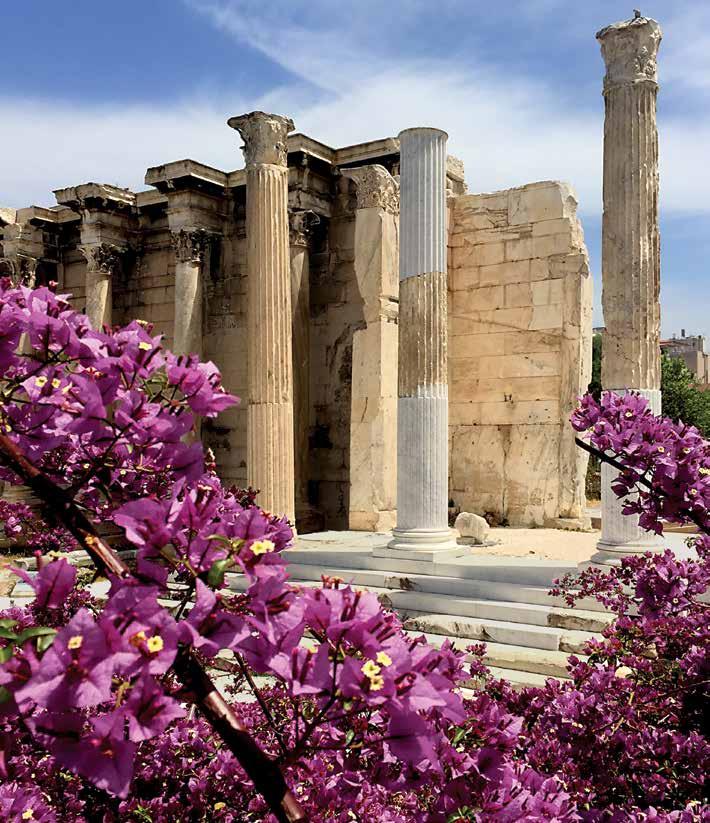
Nineteenth-century Athens, early spring. An eerie silence spreads over the valley as if all movement has frozen in space. The moon climbs higher, playing hide and seek with the fast-moving clouds. Perched above the goddess’ highest pediment, the moon sees it all: the small hamlets clustered around the ancient rock, the windswept paths and the broken columns, remnants of a past glory.
A gust of wind surges from the east, rising a cloud of dust. The old shepherd wraps his cape closer to himself unable to sleep. A group of young urchins hovers behind a pile of rubble, waiting for an unsuspecting straggler. Maybe, tonight, they’ll get lucky; maybe the King’s guards will stagger by, drunker than ever, making them an easy prey to rob.
Why would anyone wish to live in this godforsaken place? A place where the stench rises depending upon how the wind blows, where animals and people sleep together for warmth. Nobody speaks of the old glory, because no one remembers it, and those who do, avert their faces. Ruins, ruins, and more ruins. Hunger and disease.
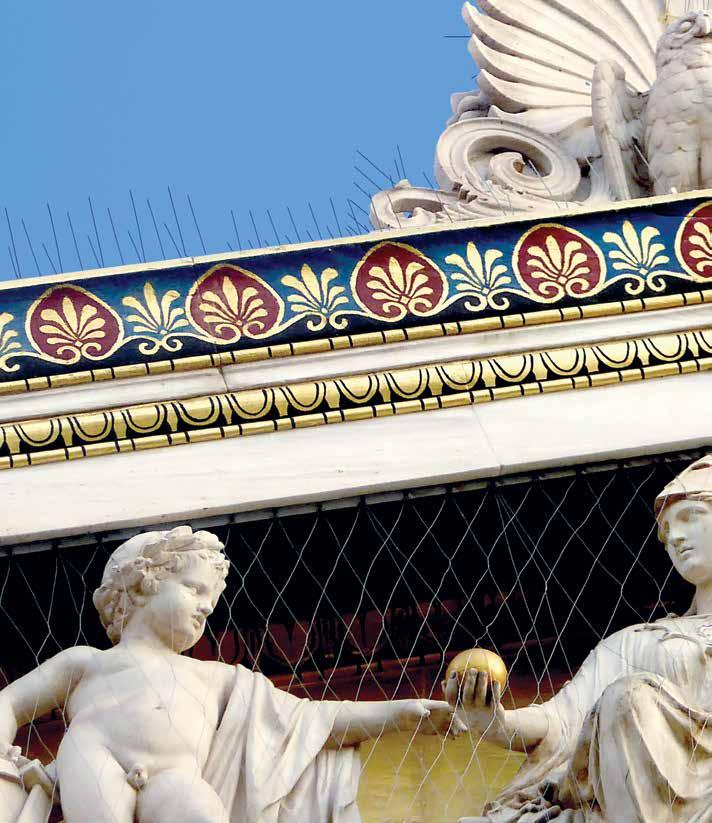
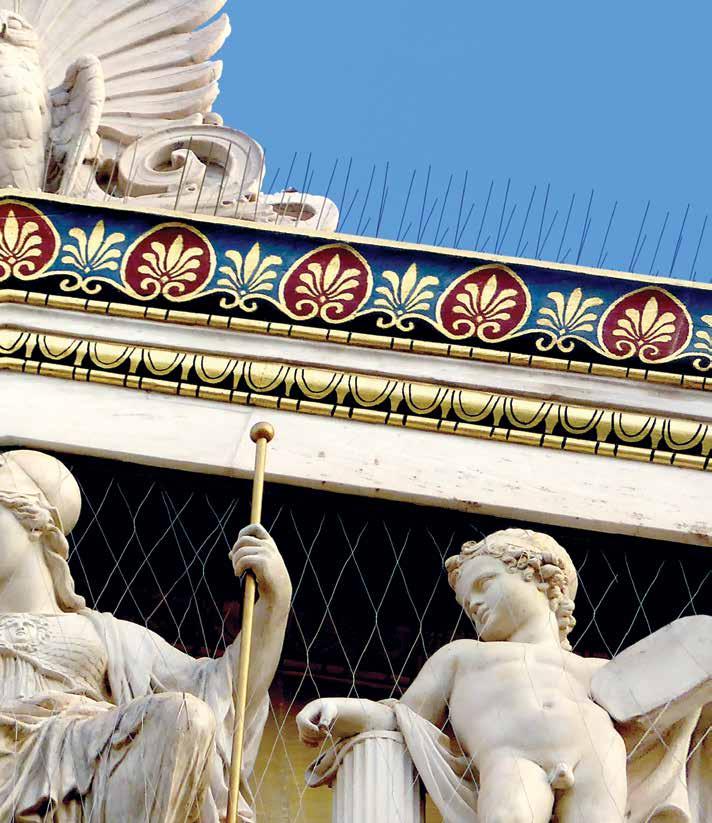
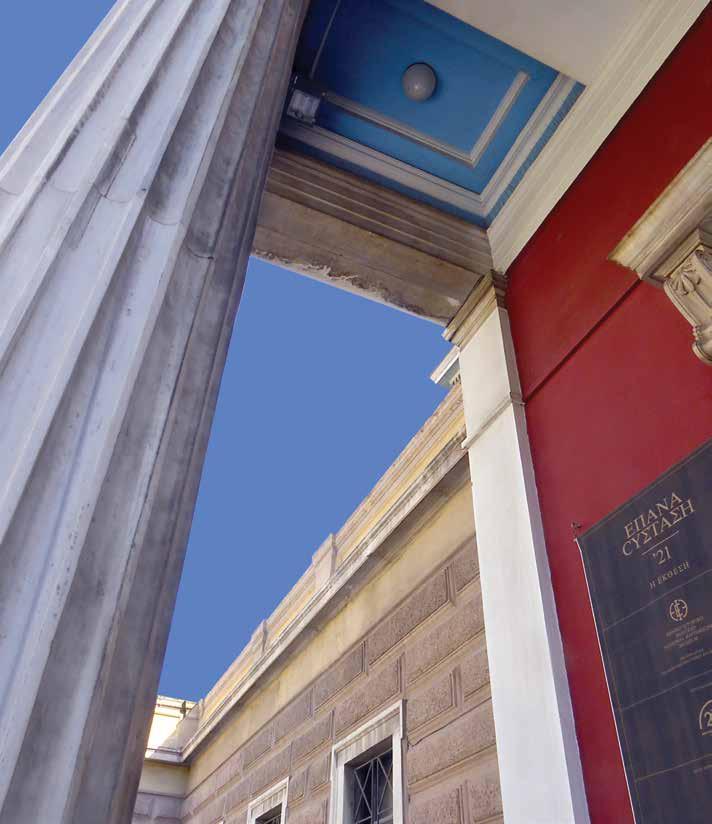
The year is 1883. Meet Mrs. Kostaina standing at the steps of the parliament, her shapely body barely fitting into her tight dress. Her professions are many and her skills uncountable. “Begging with dignity” is her motto, and when asked, she describes herself as a saleswoman. The Athenians love her and give her the nickname “Psorokostaina,” “Penniless Kostaina,” a nickname that eventually will be allegorically equated with the troubled state of Greece.
A little further away, meet Mr. Sakoules, named after the torn bags, “sakoules,” that he always drags behind him. He demands that people “financially help him,” and when rejected, he spreads his bile with curses and the now famous quote, “I can’t believe that so many Athenians are unable to feed a lazy man.”
And there is the widow Rozou, dressed in the style of famed Charlotte Corday, who murdered her husband, French revolutionary leader, Marat. Displaying a boisterous hat made from feathers and waiving an umbrella from the parliament’s balcony, she’s a force to reckon with.
National Historical Museum, Old Parliament Building, Kolokotronis Square and Stadiou Streets, Athens; nhmuseum.gr; Hours: 8:30 a.m. – 2:30 p.m.
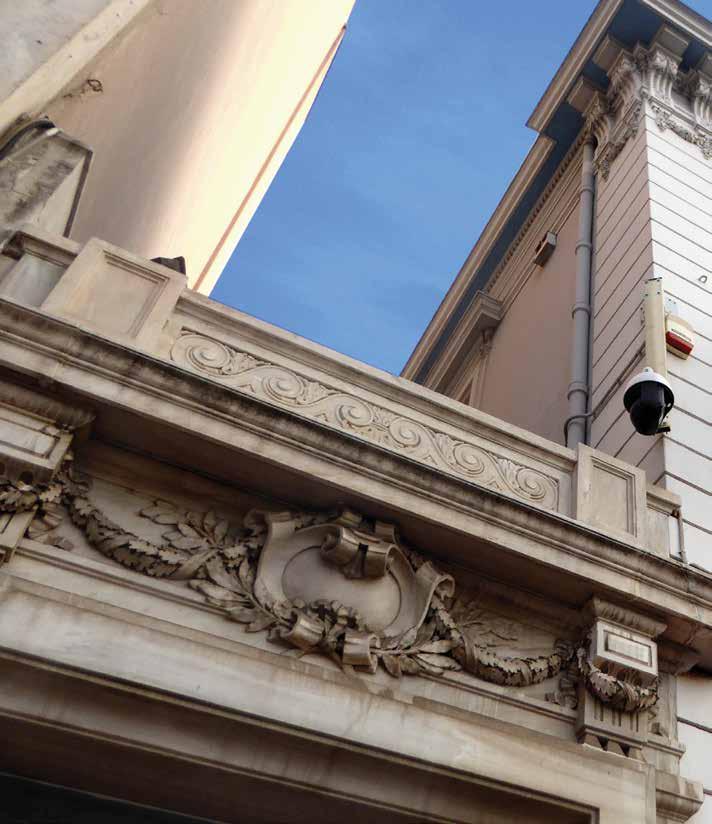
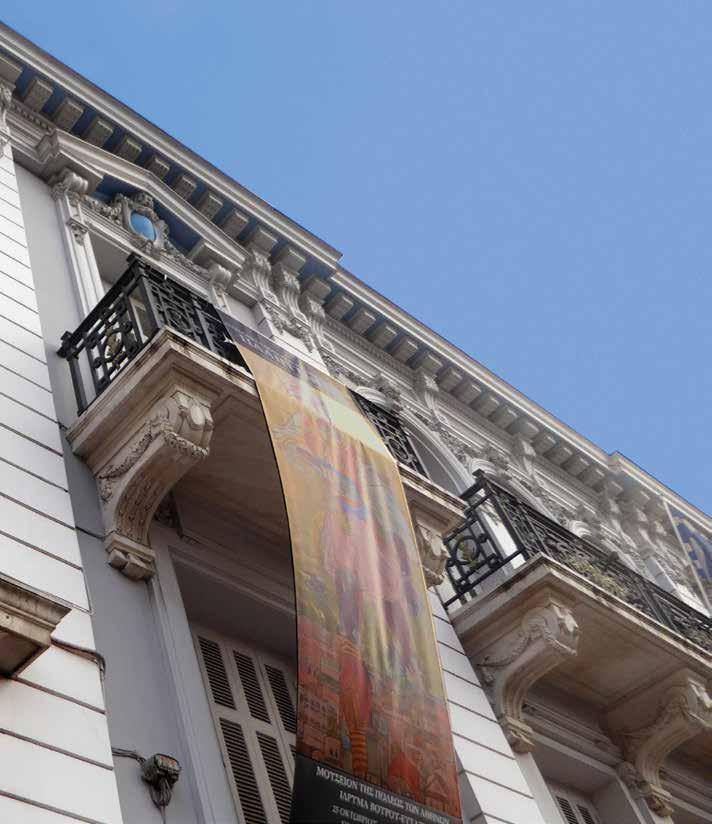
WWalking around Athens, it’s hard not to notice the great number of buildings left to decay. Some are stunning neoclassical mansions with marble statues, ornate freezes, cast iron balconies, and colonnades. Others are humbler, with tiled roofs and clay figureheads on the cornices. These houses are the silent witnesses of an Athens that no longer exists but is imprinted in the city’s soul.
Broken windows, falling mortar, trees thrusting out of rooftops, winding stairs leading to hollow floors, and attics occupied by squatters and pigeons, fuel the imagination. There’s something powerful and poignant about these houses that raises questions. Who were the original occupants, and what happened to them? Where did they come from, and what kind of lives did they live? Records exist for some of the historical buildings, but for the rest of them, there’s very little to go by.
At the onset of the twentieth century, the character of Athens drastically changed. More and more people moved away from the city center to escape pollution and be closer to nature.
Neighborhoods that were once desirable to live in were slowly abandoned. The inheritors of these homes, faced with heavy property taxes and maintenance expenses, were unable to maintain them, and the buildings were left to decay.
There are about seventeen hundred abandoned houses in Athens. Another two hundred are under protective status to be restored, but the lack of funds, and the excruciating bureaucratic process have left the plans unrealized. So these beautiful buildings continue to stand on their own, relying only on nature to spare them. Some have become so dangerous they could crumble at any moment; others have been taken over by squatters with little concern for their property or history.
These old houses are such an important part of Athens that it’s hard to imagine the city without them. One hopes that the government, as well as private citizens, will invest in these treasures, restoring them. In the meantime, all that one can do is walk around with an open mind, and perhaps they wind may whisper their stories.



No matter where you are, at one point or another, you’ll find yourself in Omonoia Square, the major hub of the city. Cars, taxis, motorcycles, and buses perpetually go around and around like in Dante’s inferno. Some of the oldest hotels, most of them abandoned or in decay, surround the square, adding an extra layer of despair and grandeur.
At the turn of the nineteenth century, the area was a large ditch filled with rubble and garbage. Grapevines, stables, and small hovels were the most one could find. As the city grew, the need for a connecting point between the smaller streets became evident, so around 1850, the vineyards were uprooted, and the square was built and named after King Otto.
During his reign, it became a vital gathering place for political speeches and demonstrations between pro- and anti-King supporters. After the King’s ousting in 1862, the square was renamed Omonoia, meaning Unity Square, the name that still holds to this day.
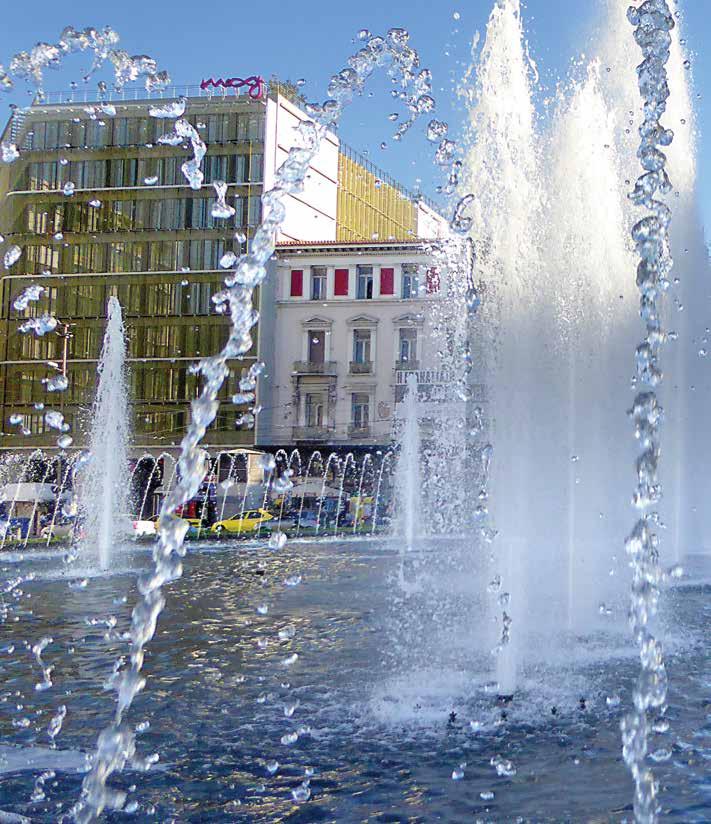
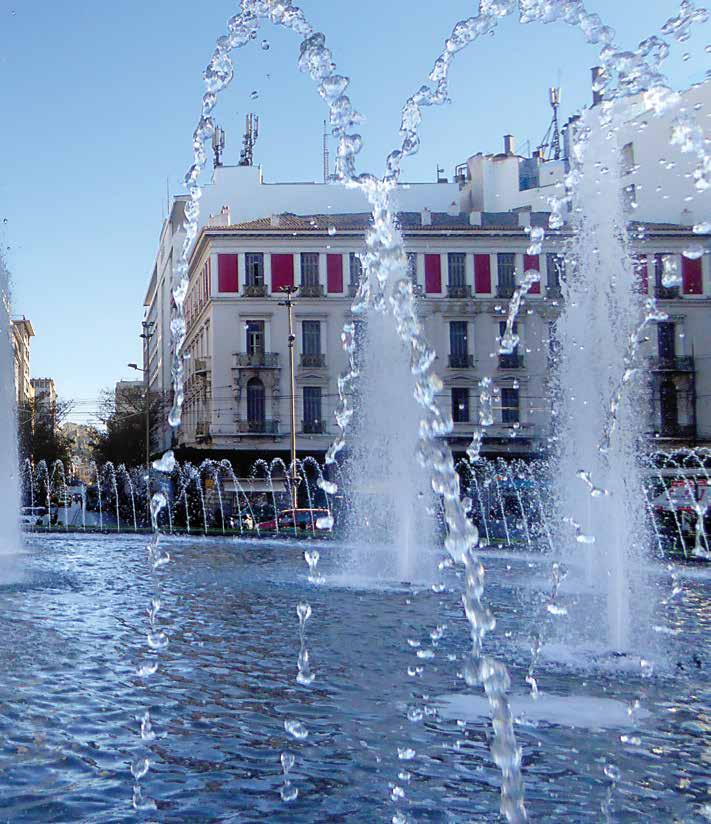

I’m eight years old, walking up Pandrosou Street with my father, heading to my elementary school, “Hill Memorial,” that still stands in one of the oldest parts of Plaka. The store owners roll up their shutters preparing for another busy day. They hose down the street and dust off their windows. A world of color emerges.
I stop before my favorite sandal store and wave at Mr. Melissinos, the sandal maker and poet. I’m very shy of him, almost a little afraid, but I admire his thick mustache and large smile. Further down, the Metropolis Cathedral towers above us like a benevolent giant. We stop before an ecclesiastical store selling church paraphernalia and priests’ outfits. The sparkling stones on the miters intrigue me.
Later, as a teenager, I walked down Hephaestus Street with my friends, bargaining for worn out Levi jeans, a luxury item back then. The outfit was completed with military boots and a messenger bag with peace signs and handwritten messages. We drank coffee overlooking the Acropolis and the Ancient Market. Our youth made us giddy. We were invincible.





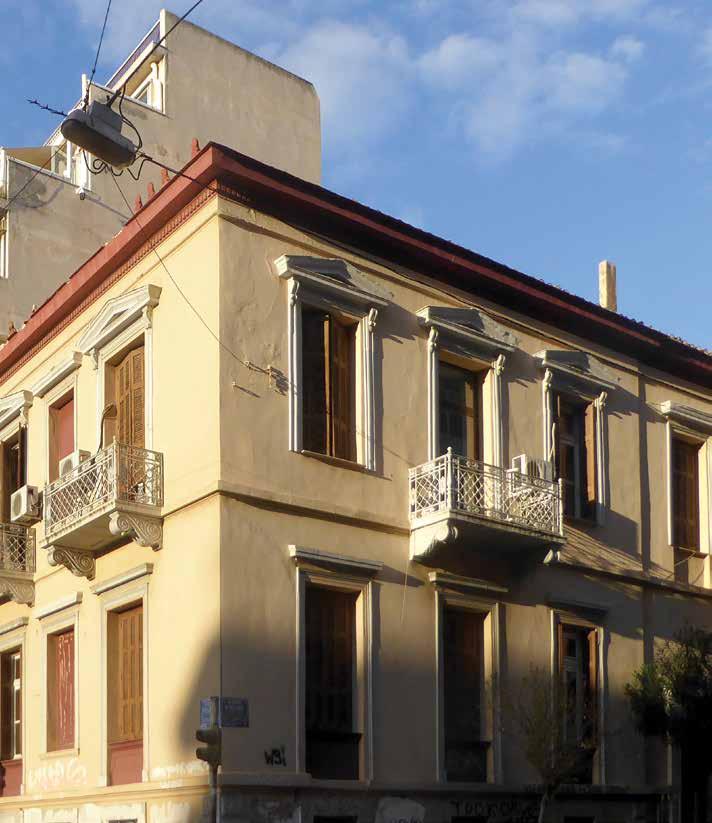
have been a wonder to look at in its heyday. Built in the first decade of the twentieth century, it was considered one of the best and most frequented hotels in the area. Spacious, with an emblematic exterior, it once proudly carried its name, Hellas.
Today, the hotel looks as tired as everything else in this part of Athens. It’s hard to ignore how unsavory and dangerous the area has become. However, like everything else, time passes, and things change. Who knows, maybe one day the hotel, like so many others in the area, will regain its former beauty. Neighborhoods change as different classes move in and out. It’s inevitable that sooner or later these hotels will be restored, but the question remains for whom and at what cost?
In the meantime, people keep walking with heads bent, living in uncertainty and eager to erase images of such despair from their minds. As for the children, the moment the school bell rings, the mothers run into the courtyard, grabbing them by the hand, hurrying away.



